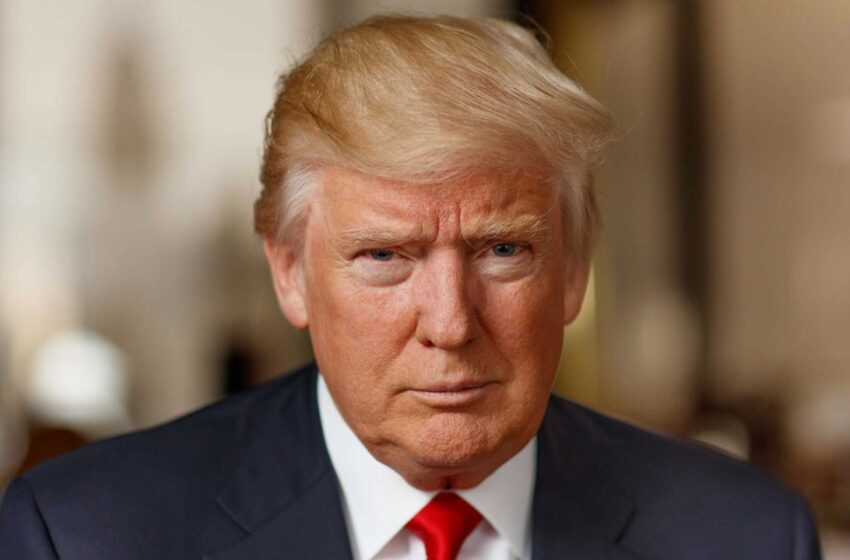What is the Presidential Fitness Test? Inside Trump’s new executive order

Donald Trump. Picture: David Hume Kennerly/Getty Images
In a bold nod to the past, President Donald Trump has reinstated the Presidential Fitness Test across U.S. public schools as part of a sweeping executive order signed on July 31, 2025. The order revives a decades-old national program aimed at assessing and improving the physical health of American students, while also expanding its scope to reflect Trump’s broader vision for “patriotic strength and discipline.”
The move marks a major policy shift in education and public health, linking physical fitness to national identity and readiness, and has already stirred both praise and criticism across political and educational circles.
What is the Presidential Fitness Test?
Originally introduced in 1966 and phased out in the early 2010s, the Presidential Fitness Test was designed to measure basic physical abilities of students in grades K-12 through a series of standardized tasks. These typically included:
- Push-ups and pull-ups
- Sit-ups (or curl-ups)
- The one-mile run
- Sit-and-reach for flexibility
- Shuttle runs and endurance tests
According to the official White House announcement, the revived program will now be updated to include modern fitness metrics, mental wellness assessments, and will be tailored for different age groups. The test will be administered annually in all public schools, and top-performing students will receive Presidential Youth Fitness Awards.
Why Trump Brought It Back
Trump’s executive order frames the reintroduction as part of a broader effort to “reignite American youth’s competitive spirit”, combat rising childhood obesity, and instill discipline through physical education.
Speaking from the White House Rose Garden, Trump declared, “We want strong kids, proud kids, kids who are not only healthy, but who love their country and are ready to defend it if they have to.”
The order also reestablishes the President’s Council on Sports, Fitness & Nutrition, which had seen reduced federal funding and oversight in recent years. The council will now oversee the test’s rollout, provide curriculum guidance to states, and partner with Olympians, athletes, and fitness experts to promote public participation.
Mandatory in Public Schools, Optional for States?
Although the test will be mandatory for all federally funded K-12 institutions, the executive order gives states some flexibility in implementation timelines. Schools will be required to submit annual fitness data, raising concerns among privacy advocates about student tracking and data usage.
Education officials nationwide are now rushing to interpret and align their curricula with the federal directive. Some school districts, especially in California and New York, have expressed hesitation over the costs and logistics of rapid implementation.
However, supporters argue the program will help restore structure to physical education and encourage schools to invest in gym equipment, qualified instructors, and extracurricular sports programs.
READ ALSO
Full list of new US tariff rates under Trump administration
What is Lyme disease? Inside Justin Timberlake’s diagnosis
Criticism from Educators and Health Experts
Despite the administration’s framing, critics have flagged several issues. Some educators worry that standardized fitness tests may shame or stigmatize students who struggle physically, while health professionals warn that without adequate support, such assessments could backfire and lead to negative health behaviors.
“There’s a risk in reducing youth health to performance metrics without considering social or emotional wellness,” said Dr. Maria Lopez, a pediatric exercise specialist. “We need comprehensive wellness strategies, not one-size-fits-all measurements.”
Advocates for students with disabilities have also demanded clearer guidelines on accommodations to ensure inclusivity.
A Culture War or a Health Crusade?
Trump’s decision to revive the fitness test is being seen by many as part of a larger cultural campaign that places traditional values like discipline, strength, and patriotism at the center of education policy. The framing of physical fitness as a national duty, rather than just personal health, has sparked heated debate.
For Trump supporters, the move is both symbolic and strategic, signaling a return to fundamentals amid what they see as an over-politicized and underperforming education system. For critics, it’s yet another example of performative nationalism under the guise of reform.
Regardless of where one stands, the reintroduction of the Presidential Fitness Test is poised to reshape how physical education is viewed, not just as a class, but as a measure of youth identity and readiness in modern America.


